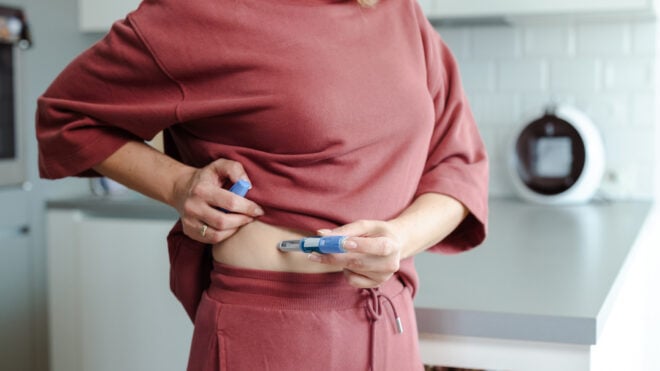Everyone has something about their body they don't like: maybe you hate your knobby knees, despise your double chin, or can't stand your frizzy hair.
Although other people probably don't even notice the things you're insecure about, everyone feels more confident when they're able to successfully eradicate a problem they feel they have — and confidence is the key to true beauty.
One thing some people really don't like about their bodies are those tiny skin bumps that appear on the backs of their arms, upper thighs, and other parts. Although other people can barely see them, if you have them, you know just how annoying they can be.
The dry, rough bumps (commonly called "chicken skin" because of their appearance) are known as keratosis pilaris. Although it's annoying, keratosis pilaris is otherwise harmless and often goes away with age.
Although you can't prevent keratosis pilaris, you can treat it with at-home remedies to lessen its effects.
However, always be sure to speak to your dermatologist first, and make sure these all-natural treatments are right for you.
Read on below to learn more about "chicken skin" and what you can do about it!
What Is Keratosis Pilaris?
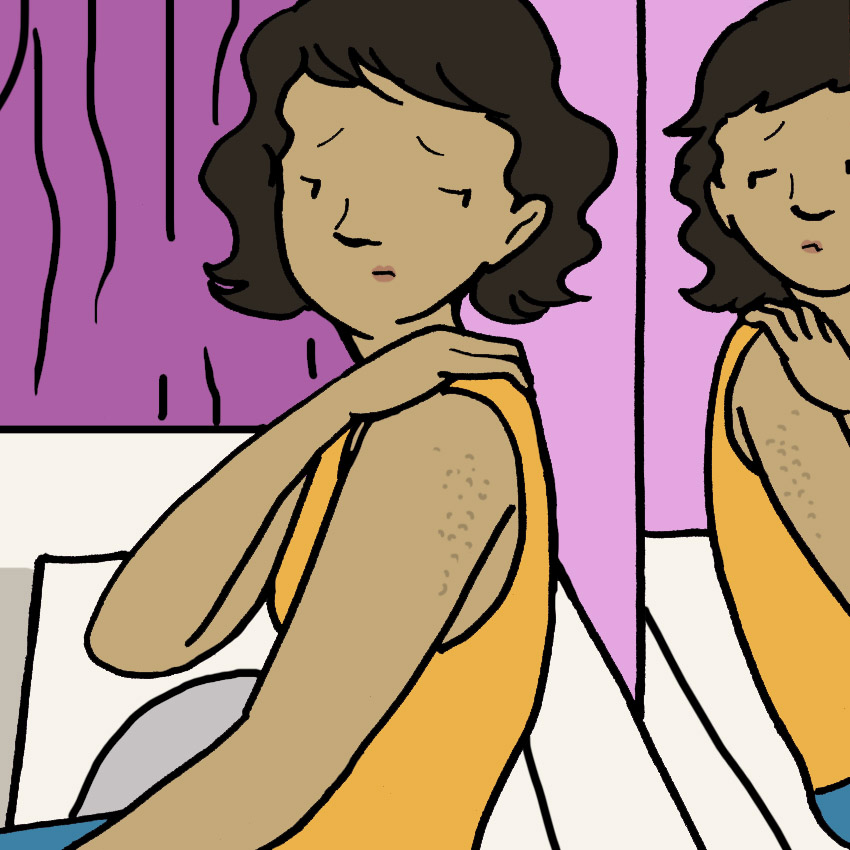
According to Dr. Oz, keratosis pilaris affects half of the world's entire population.
It's a common skin condition that causes harmless, painless bumps on the skin, normally on the upper arms, thighs, and buttocks.
Sometimes the light-colored bumps are accompanied by redness or swelling, but that is less common. Additionally, some people experience itchiness with the bumps.
Keratosis pilaris doesn't worsen over time, and many people notice that it goes away as they get older.
According to WebMD, "Keratosis pilaris is caused by a buildup of keratin, the protein that protects skin from infections and other harmful things. The buildup forms a plug that blocks the opening of a hair follicle."
How Can I Treat Keratosis Pilaris? Skin Bumps Treatment #1: Oatmeal
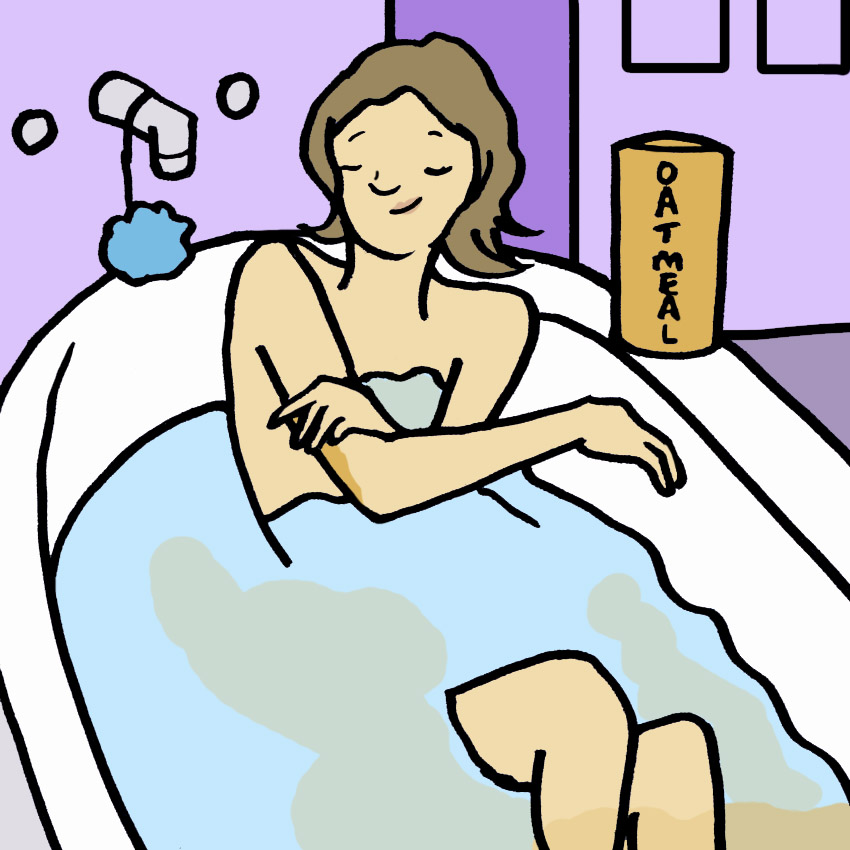
One at-home treatment for keratosis pilaris is an oatmeal rub. Oatmeal is a natural scrub that is skin-friendly.
According to Natural Living Ideas, there are two great ways to use oatmeal for your keratosis pilaris:
- Mix equal amounts of oatmeal and water or milk and rub it on the affected area using a circular motion. Wash it off.
- Wrap some oatmeal in a muslin cloth and rub the bundle on your body while you sit in a bath.
After washing off the oatmeal and residue, apply moisturizer.
Skin Bumps Treatment #2: Olive Oil Scrub

Audrey Kunin, MD, explains that "incorporating a scrub… can certainly jumpstart your way to smoothness" — although, it is definitely not a cure for keratosis pilaris.
Making an olive oil scrub at home is easy and straightforward.
- Mix together two tablespoons of olive oil and three tablespoons of table salt.
- Massage it onto the skin for a few minutes, then rinse off.
This scrub works well because the salt serves as an exfoliant while the olive oil serves as a moisturizer.
If you're not looking for a scrub, coconut oil and olive oil can both work well on their own as moisturizers.
Skin Bumps Treatment #3: Vitamin A
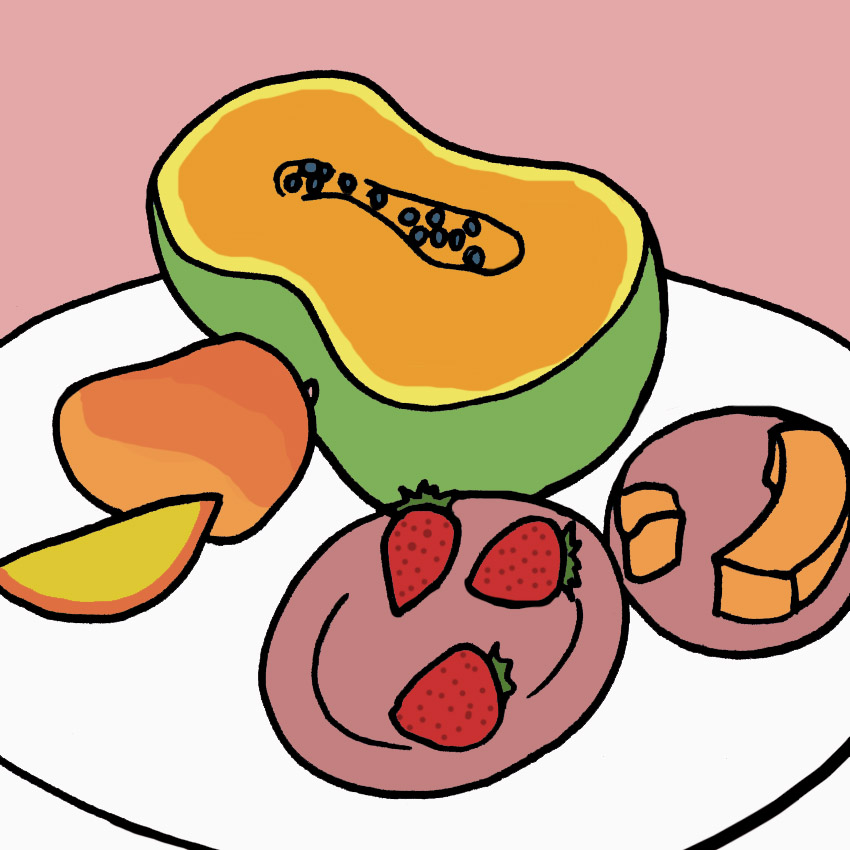
Vitamin A is very helpful when it comes to keratosis pelaris.
Fruits like strawberries, papayas, and mangos are high in vitamin A, so adding them to your diet may help with keratosis pelaris.
According to the Mayo Clinic, "Creams derived from vitamin A (topical retinoids) work by promoting cell turnover and preventing plugged hair follicles."
Skin Bumps Treatment #4: Hydration
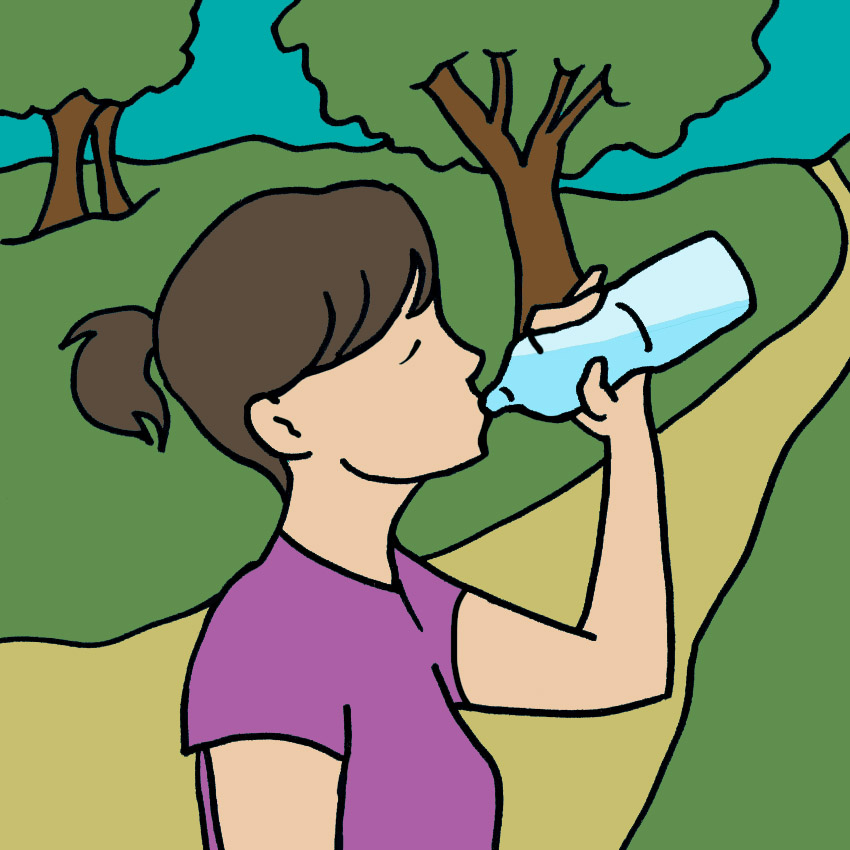
Because dry skin makes keratosis pilaris worse, it's important to keep your skin moisturized in order to make the bumps less noticeable.
One way to do this is by keeping your body hydrated.
Natural Living Ideas explains, "Since keratosis pilaris is worsened by skin dryness, keeping the skin hydrated from the inside with plenty of fresh vegetables and fruit can be beneficial."
Staying hydrated is important for general health and well-being as well, so in addition to skin improvements, you may see other health benefits from drinking more water.
Skin Bumps Treatment #5: Yogurt
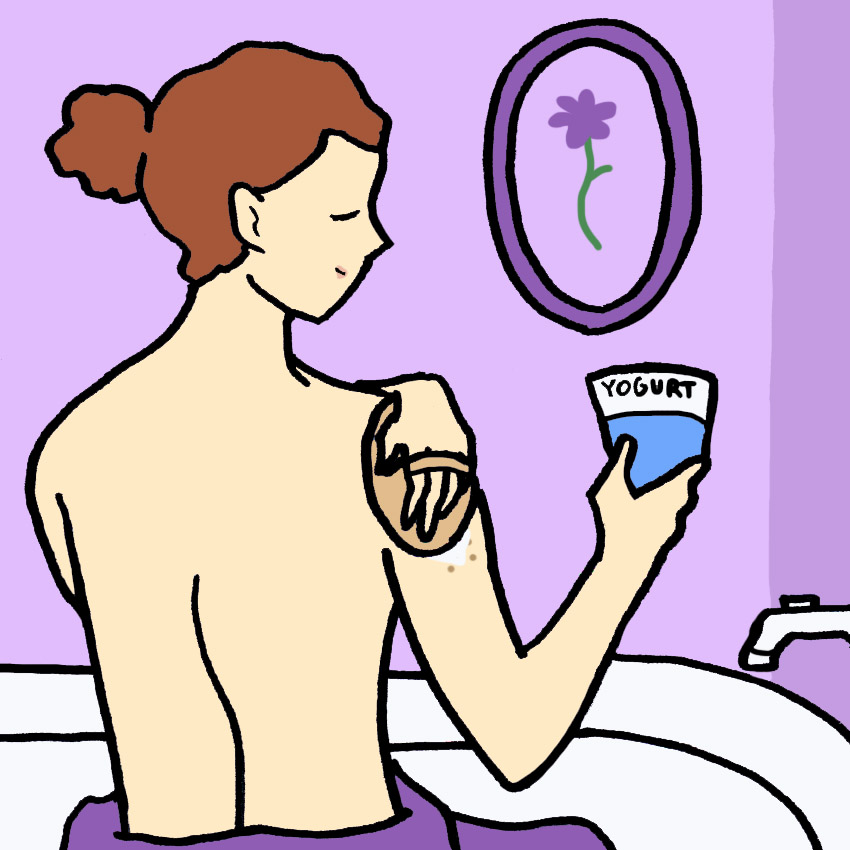
Sachin Shridharani, MD, a plastic surgeon based in New York City, explained to Prevention magazine that combining both physical and chemical exfoliation helps alleviate keratosis pilaris bumps.
Lactic acid is one such chemical exfoliant — luckily, it can be easily found in yogurt!
- To use, simply apply three to four tablespoons of yogurt to the affected area.
- After 10 to 15 minutes, wash it off.
Skin Bumps Treatment #6: Baking Soda
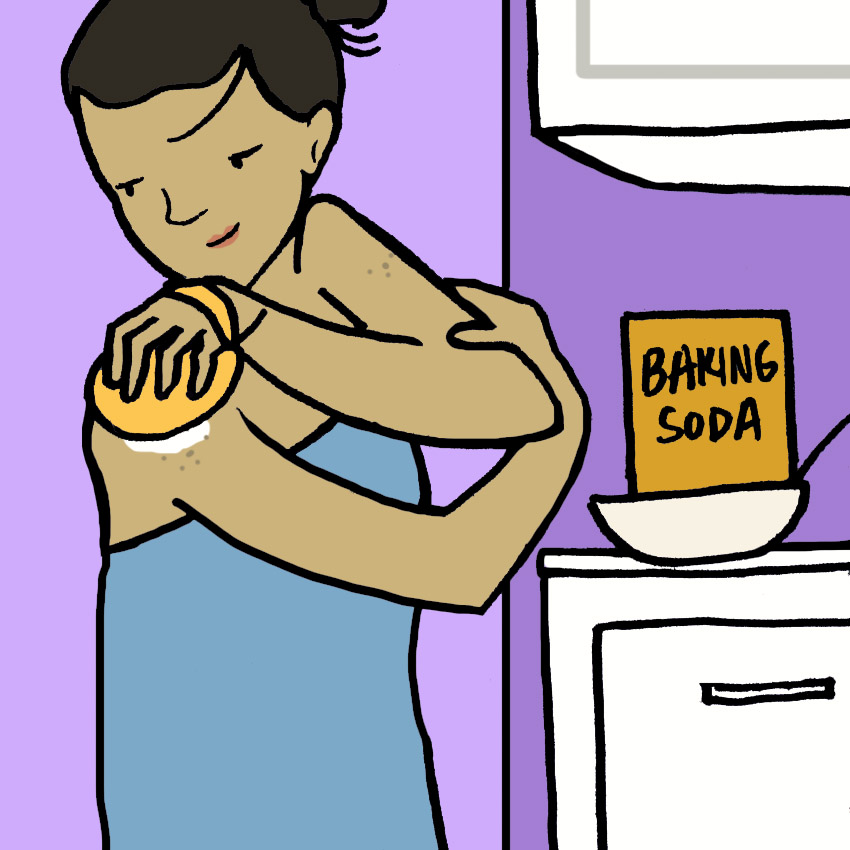
Because keratosis pilaris benefits from a mix of chemical and physical exfoliation, baking soda is another great option.
As Natural Living Ideas explains, "Baking soda has a mild chemical action, while the salt provides the abrasive power."
- Mix equal amounts of table salt and baking soda together, then add just enough water to make a paste.
- Apply the paste to the affected area and let it sit for five to 10 minutes.
- Finally, rub it in and wash it off. Repeat three to four times per week.
Skin Bumps Treatment #7: Omega-3s
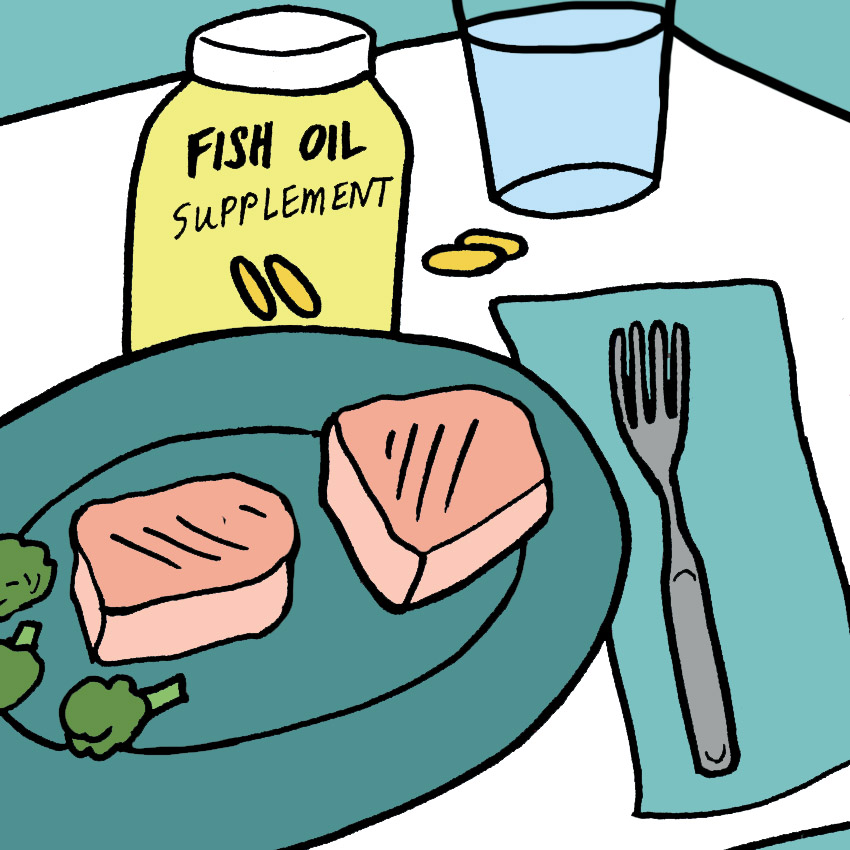
Although not a guaranteed method of treatment, oily fish, nuts and other foods rich in omega-3 fatty acids could help with the condition, according to Natural Living Ideas.
Like drinking more water and eating more fruits and vegetables, fish oil can help with general health, as well as overall skin health.
Skin Bumps Treatment #8: Other Scrubs

If there are any particular scrubs you enjoy, you can try them on your keratosis pilaris (after checking with your doctor).
It's important to keep in mind, however, that while manual scrubs may remove some dead skin from the bumpy areas, they won't entirely eliminate bumps.
Additionally, overusing physical scrubs can actually dehydrate your skin and make it rougher over time, so make sure to use scrubs gently and only in moderation.
Skin Bumps Treatment #9: Moisturize, Humidify, And Wait
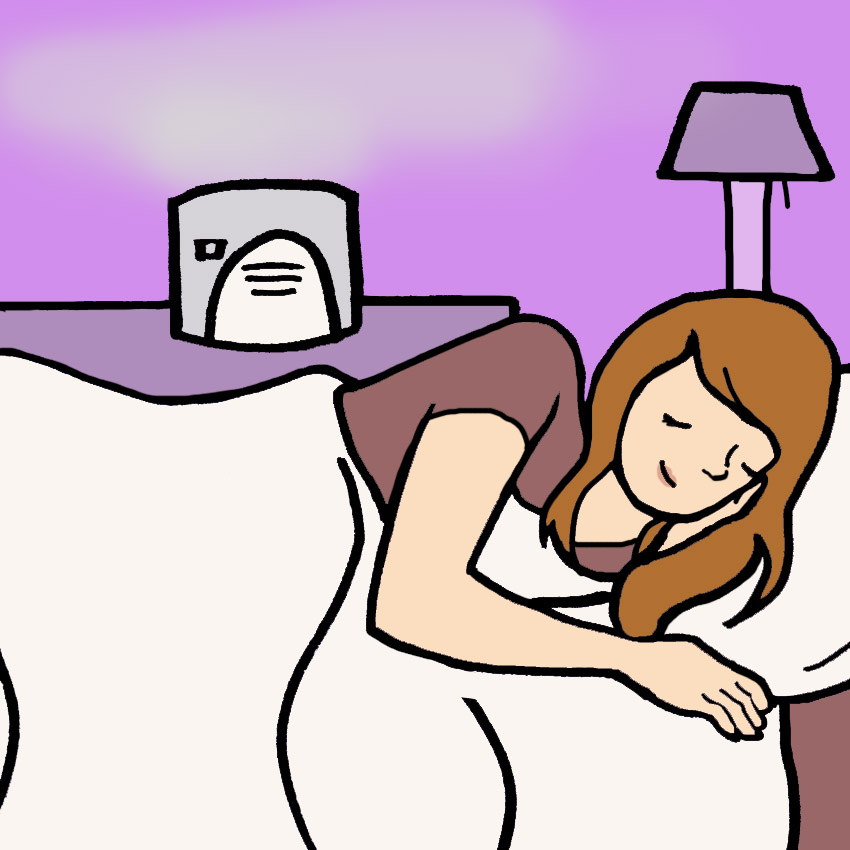
WebMD explains that there's no cure for keratosis pilaris. However, moisturizing lotions or creams may help your skin look and feel better.
Keratosis pilaris gets worse when your skin is dry, so it's important to use thick, creamy lotions, as well as moisturizing body washes and soaps.
In addition, make sure the air in your house isn't drying out your skin — use a humidifier when you sleep to keep your skin from getting even more dried out.
The Mayo Clinic explains that the condition usually disappears by age 30.
So go ahead and try these treatments (after speaking to your dermatologist, of course). If they don't work, know at least that this probably won't last forever.
Do you have any clever at-home treatments for your bumpy skin?
Let us know in the comments below, and please SHARE this article with your friends and family!

